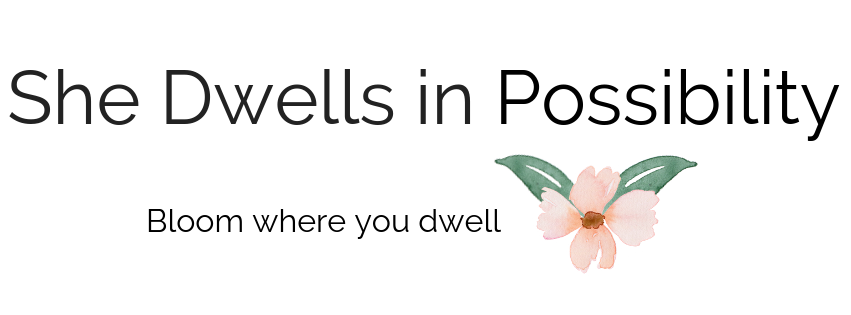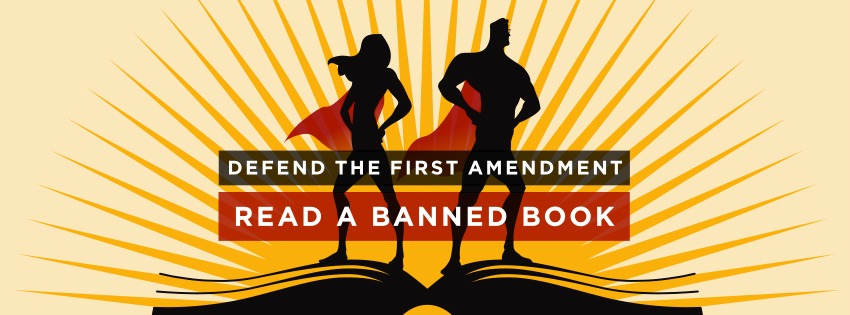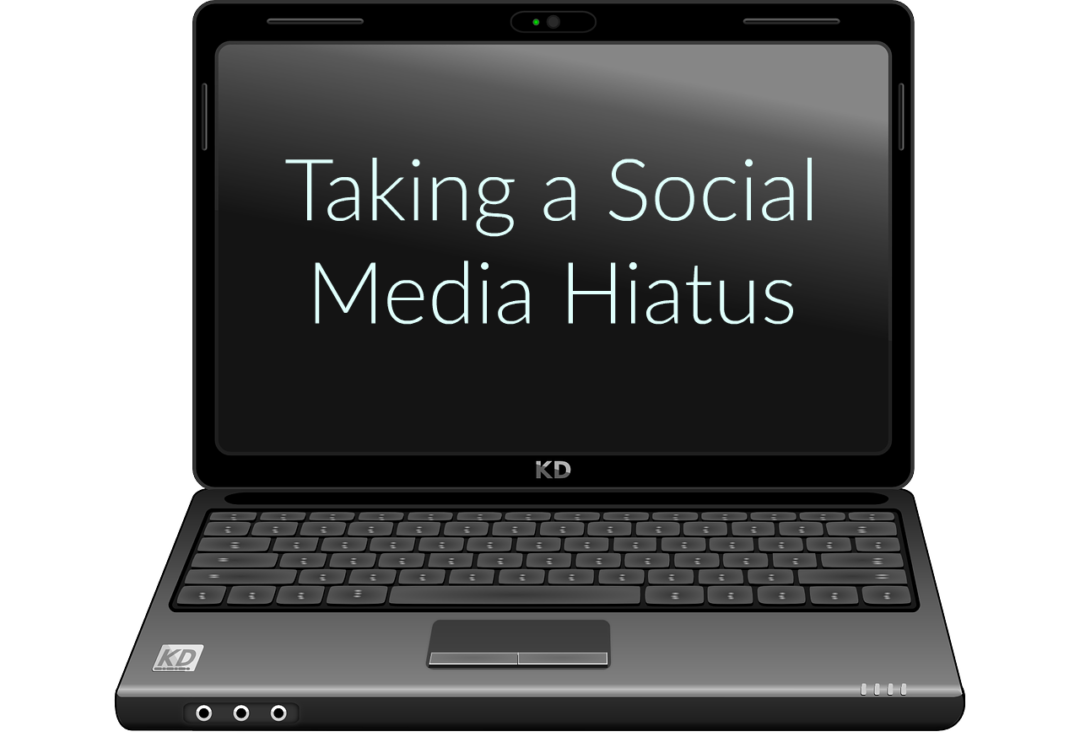Artwork courtesy of the American Library Assocation.
This post contains affiliate links. I’ll receive a small commission if you click through and buy a book, but using these links will not impact the cost of those books. Thanks in advance for supporting my Starbucks habit.
Sunday marks the start of Banned Books Week in the United States, as designated by the American Library Association. You might think “banning books” refers only to parents who object to having their children read certain texts. It’s true that most challenges happen as an attempt to “protect” children from material parents believe to be inappropriate. (This list of Frequently Challenged Books includes several that were written for children or young adults.) That can happen either in response to a school assignment or, more simply, to the presence of a book in a school library.
But those kinds of challenges are not my focus today. As these graphs illustrate, public libraries also receive a large number of challenges to the materials they circulate.
Why is banning books from public libraries a problem? Why not just put the nasty books behind the counter and let the nasty people ask for them in person? Better yet, why not keep the nasty books out of the decent people’s library and let the nasty people buy those books for themselves?
I hope I’ve just answered those questions.
Restricting the presence of any book in a public library allows one person’s (or one group’s) value system to shape someone else’s life. If I’ve developed a book crush on Toni Morrison and want to read the complete body of her work, including The Bluest Eye, that book should be available to me–just like any other. If it’s not, then someone else is choosing what I get to read. And that is simply unacceptable.
Given that public libraries often have small budgets, difficult choices have to be made often enough. But I don’t understand why anyone would be comfortable letting their next door neighbor approve their choice of reading material.
I feel strongly about this subject for many reasons, Mainly, it’s because the Boise Public Library (and its Bookmobile) saved my life. As a kid growing up in a small town in Idaho, in the days before the Internet, a public library was my only means of knowing there was more to life than what I could see around me: other places I could go, lives I could live, people I could be. Boise is a larger city now, and the Internet makes the world a smaller place for everyone, but I’m confident that the Boise Public Library—and every public library in this country—is somebody’s lifeline nevertheless. Somebody who doesn’t have Internet access at home, perhaps. Somebody who doesn’t have money for buying books, but loves to read as much as I always have.
So I encourage you to read a banned book next week. Do it as a celebration of the First Amendment and our right to learn whatever we want.
Here’s a short list of some of my favorite banned books—all of which have been challenged in the last 10 years:
Bless me, Ultima, by Rudolfo Anaya
A young boy learns important lessons about life from a wise woman who values all kinds of knowledge and all kinds of people.
I Know Why the Caged Bird Sings, by Maya Angelou
The first volume of Angelou’s autobiography. It’s a story of survival, but also a book about the love of learning.
The Kite Runner, by Khaled Hosseini
Two young boys–one wealthy, one the son of a servant–learn hard lessons about betrayal and redemption while growing up in Afghanistan.
The Bluest Eye, by Toni Morrison
This novel details a year in the life of Pecola Breedlove, a girl taught to hate the way she looks.
The Color Purple, by Alice Walker
Written in the form of letters to God, Celie’s story of survival and triumph should be an inspiration to anyone who reads it.
If you’re feeling really daring, here’s a list of the Top 10 Frequently Challenged Books of 2015. And don’t forget to go here to download a Banned Books badge for your Facebook page or Twitter profile.
Be brave, fearless readers!





1 Comment
Looks like I have a few more books to read! Thanks Pam 🙂